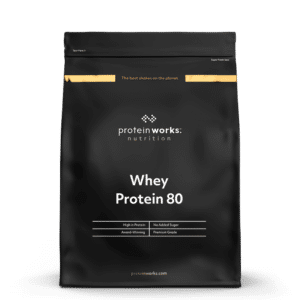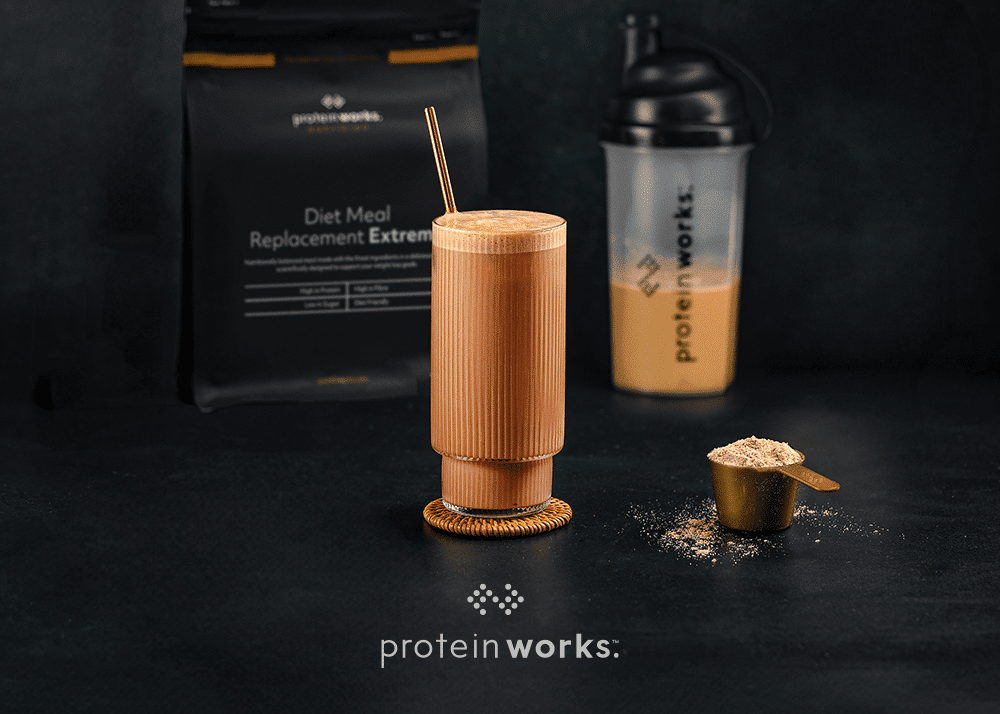I’m sure a lot of us ask this question, admittedly most food packaging does give a guideline of 2,000 and 1,800 for men and women, respectively. However, we all are different, so naturally we need to eat more or less dependant on ourselves, to do this we need to work out our basal metabolic rate (BMR) which is the amount of calories we use at absolute rest (2, 3, 4, 5, 6).
Where to start and why?
So firstly, why would we calculate our BMR? Well, this is because it can help us be much more precise with our diet, we can make our macros more precise and in turn we can reach our goals. However, before we can calculate our BMR we need to get our height (in cm), weight (in kg) and our age. These all effect our BMR, which can also be effected by certain conditions such as altitude and various other aspects (1, 4).
What is BMR?
As I mentioned before, our BMR is how many calories we use at rest. So if we do no activity, and I mean just waking up and lying in bed, this is how many calories we would use, so once we start our daily activities and workouts on top of it we can work out how many calories we should be eating per day (4). There are some over aspects which effect our BMR such as diet induced thermogenesis (DIT) and the thermic effect of exercise (TEE), exercise is easy to add, however, DIT is not as this depends on what you eat therefore I will focus on BMR (4, 7).
How to calculate BMR
Calculating our BMR is done using the Harris-Benedict equation, it does differ for both men and women, however both versions are below and I shall go over an example with you too.
Male BMR = 66.5+(13.75 x weight) + (5.003 x height) – (6.755 x age)
Female BMR = 66.5 + (9.563 x weight) + (1.850 x height) – (4.676 x age)

Male BMR = 66.5+(13.75 x 100) + (5.003 x 175) – (6.755 x 30)
Once we do the initial math we get;
Male BMR = 66.5 + 1375 + 875.525 – 202.65
Then we do the final math and get a result of 2114 calories. Well actually, a little over but at this point we would round down or up. This means that this person would have to eat 2114 calories per day to themselves whilst doing nothing, we can then multiple it by certain figures to ascertain a calorie requirement dependant on their daily activity, which is listed in the chart below.
| Little exercise | 1.2 |
| Light exercise | 1.375 |
| Moderate exercise | 1.55 |
| Heavy exercise | 1.725 |
| Very heavy exercise | 1.9 |
What now?
Well, you can multiple your BMR by one of the figures in the above table, which will give you a good idea of your actual caloric expenditure. This is possibly the best way, you could look at using a fitness tracker or tracking your calories off machines used in the gym, however, I’ve found fitness trackers to underestimate and machines to overestimate, which is why I personally use the table above to calculate a rough figure.

Reference:
1. Brooks, G., Fahey, T., & Baldwin, K. (2005). Exercise Physiology Human Bioenergetics and Its Applications. (4th ed.). New York: McGraw Hill
2. Haff, G. G., & Triplett, N. T. (Eds.). (2015). Essentials of Strength Training and Conditioning 4th Edition. Human kinetics.
3. Harris, J. A., & Benedict, F. G. (1918). A biometric study of human basal metabolism. Proceedings of the National Academy of Sciences, 4(12), 370-373.
4. Jeukendrup, A., & Gleeson, M. (2010). Sport nutrition: an introduction to energy production and performance (No. Ed. 2). Human Kinetics.
5. Kenney, W., Wilmore, J., & Costill, D. (2012). Physiology of Sport and Exercise. (5th ed.). United States: Human Kinetics
6. Marieb, E. N., & Hoehn, K. (2007). Human anatomy & physiology (9th Ed.). Pearson Education.
7. Westerterp, K. R. (2004). Diet induced thermogenesis. Nutrition & metabolism, 1(1), 1











No Comments yet!